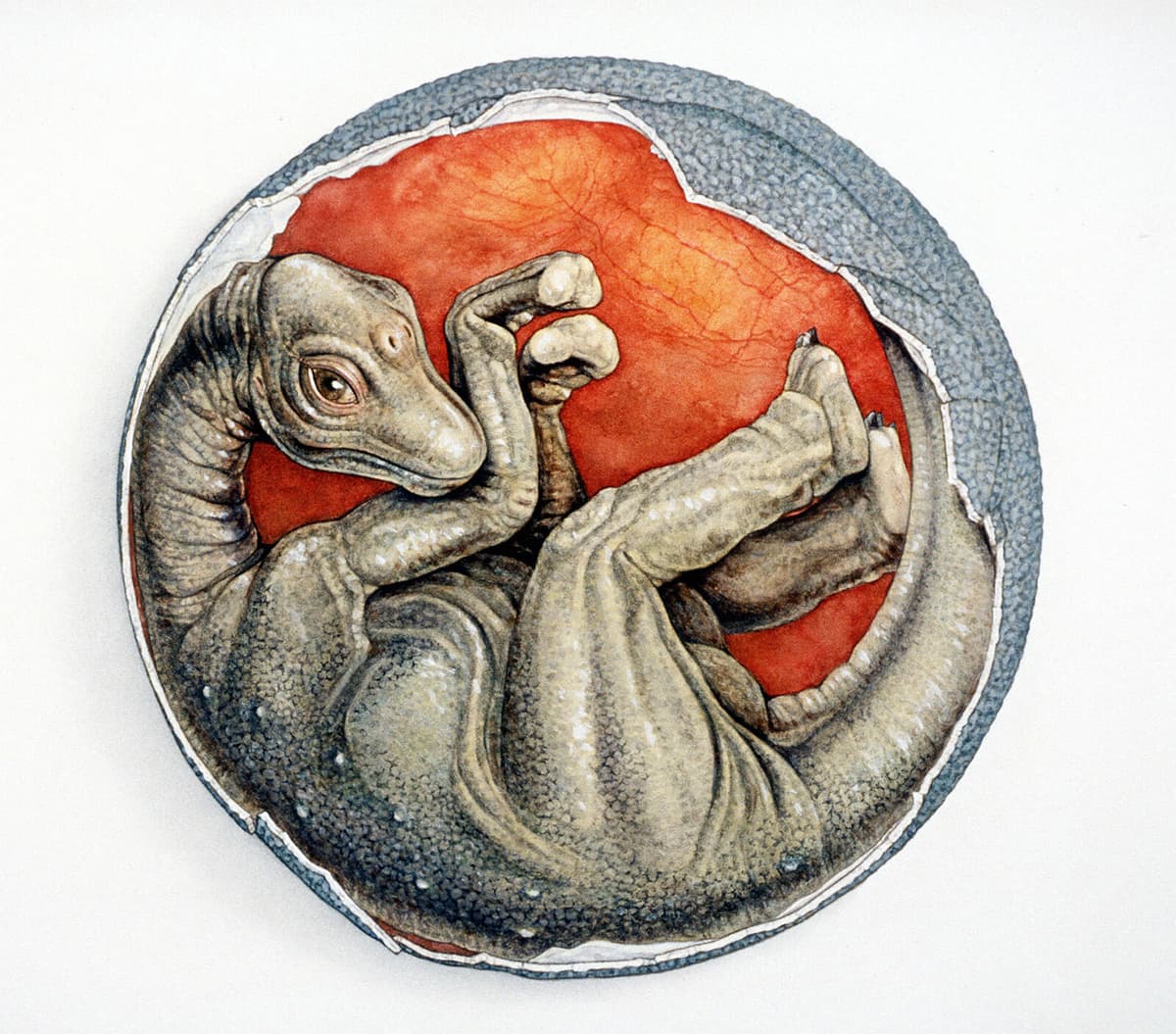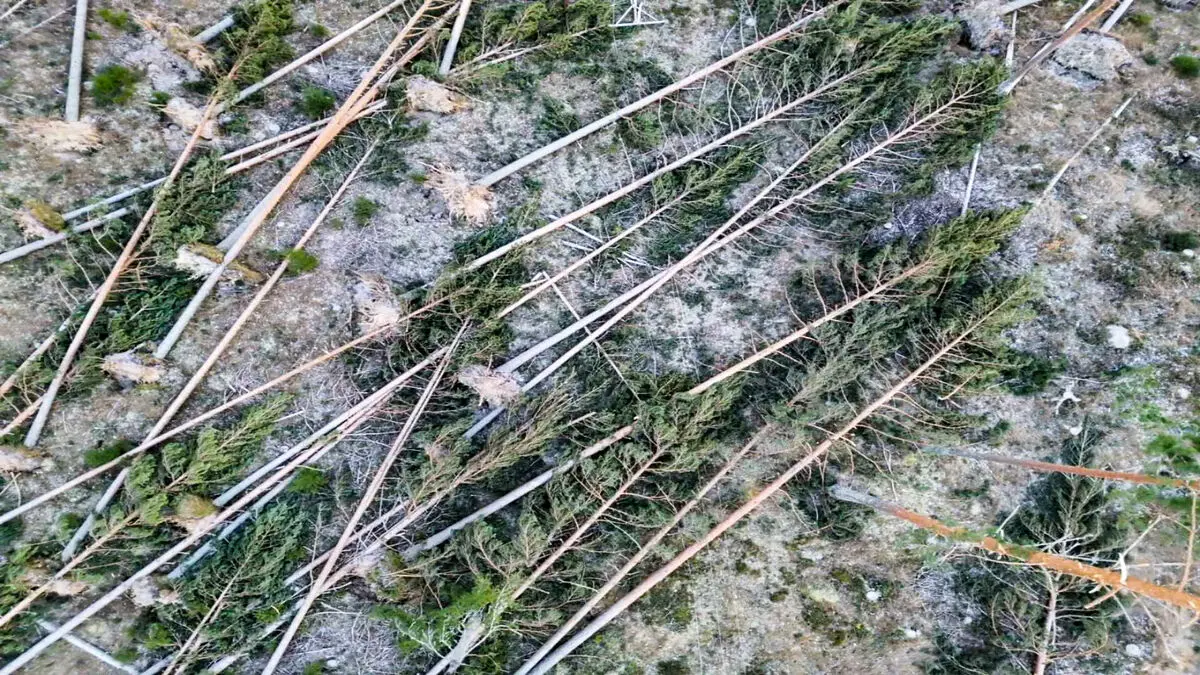The species in question is Maiasaura peeblesorum, which seems to have been common in what is now Montana in the USA, during the latter part of the Cretaceous period, around 80 million years ago. Many fossils of both adults, young and eggs have been found in the state, as well as in the neighboring province of Alberta in Canada.
Maiasaura could weigh between three and four tons, but the young were significantly smaller and weighed only about one kilogram when they hatched. The new study, which is published in Scientific Reports, shows that the young grew quickly and could fairly quickly leave the nest.
High oxygen consumption
The researchers examined the bone tissue of the young, specifically the openings in the bone that allow the passage of blood vessels and nerves. In this way, they got a measure of their oxygen consumption when they lived, which in turn gives an idea of how active they were.
The study's results show that the young's metabolism was likely as high as that of today's fast-growing mammals and birds – new evidence that most dinosaurs were warm-blooded.
From the result, it also appears that the young's oxygen consumption was at the same level as that of modern bird chicks, which hatch in an immature and helpless state and consequently need care from their parents. These include, for example, woodpecker chicks, bird of prey chicks and songbird chicks.
Helpless babies
This shows that the small dinosaur young could not be left to fend for themselves. They needed mom and dad to get food, warmth and protection. Probably, this applied to many of the dinosaurs – which several researchers have suspected, but which has been difficult to prove.
The researchers also made a calculation of how long the babies were tied to the nest before they could start moving in their surroundings. The result showed 40 to 75 days, i.e. just as long as many bird of prey chicks.
Maiasaura was a so-called duck-billed dinosaur, a term that refers to the beak-like jaw. The teeth were many and flat, which was an adaptation to the food that consisted of horsetails, conifer branches and other tough plant parts. The species seems to have been very social. Fossil finds show that it lived in colonies and migrated long distances in large herds.






